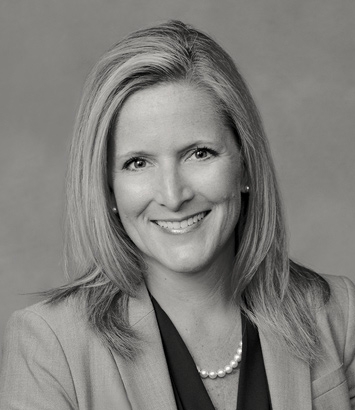CMS Clarifies Rules for Physician Group Practice Profit Distribution
December 21, 2020 – InsightOn Nov. 20, 2020, the Department of Health and Human Services (HHS) Office of Inspector General (OIG) and the Centers for Medicare and Medicaid Services (CMS) issued two final rules, which implement changes to the Physician-Self Referral Law (Stark Law) and the Anti-Kickback Statute (AKS) regulations (respectively the OIG Final Rule and the CMS Rule, collectively the Final Rules). This alert is a part of the Dinsmore Health Care practice group’s ongoing summary of the Final Rules.
To meet the definition of a “Group Practice,” providers must satisfy a number of conditions related to the structure and operations of their practice including how profits and productivity bonuses are distributed[1]. The Final Rule issued by Centers for Medicare and Medicaid Services (CMS) on Nov. 20, 2020, clarifies how profits can be distributed among physicians who are members of a qualifying group practice.[2] This is the only change that has been made to the definition of “Group Practice.”
Prior to the Final Rule, the “overall profits of the group” meant the profits derived from the group’s provision of designated health services (DHS) payable by Medicare or Medicaid or the profits of any sub-groups (or pool’s) provision of DHS payable by Medicare or Medicaid that consists of at least five physicians.
The Final Rule clarifies that the overall profits of the group means all the profits derived from the group’s provision of DHS payable by Medicare.[3] In other words, the group cannot consider some types of DHS in its overall profit calculations and not others. The Final Rule further clarifies that if a group practice includes fewer than five physicians, its overall profits means all of the profits derived from DHS payable by Medicare for the entire group. In such case, overall profits cannot be allocated by service line.
However, large group practices may divide into multiple pools (composed of at least five physicians) for the purpose of profit distribution. Further, the practice may utilize different methodologies for distributing profits within each group, provided the profits are not distributed in a manner related to the volume or value of referrals.[4] For example, one pool may distribute profits based on a per-capita basis and another pool may distribute profits based on each physician’s personal productivity. The method of profit distribution must be consistent within the pool.5 However, groups may not use different methodologies to distribute the profits of the different types of DHS within a pool.
Group practices should continue to be mindful that to meet the definition of a bona fide group practice, it must be a unified business, utilize consolidated billing, accounting, and annual reporting and receipts must be treated as receipts of the practice.
To afford practices ample time to review and modify existing agreements, the effective date for this provision of the Final Rule is Jan. 1, 2022.[5]
If you have questions about the implication of the Final Rule on your practice, please contact your Dinsmore attorney.


